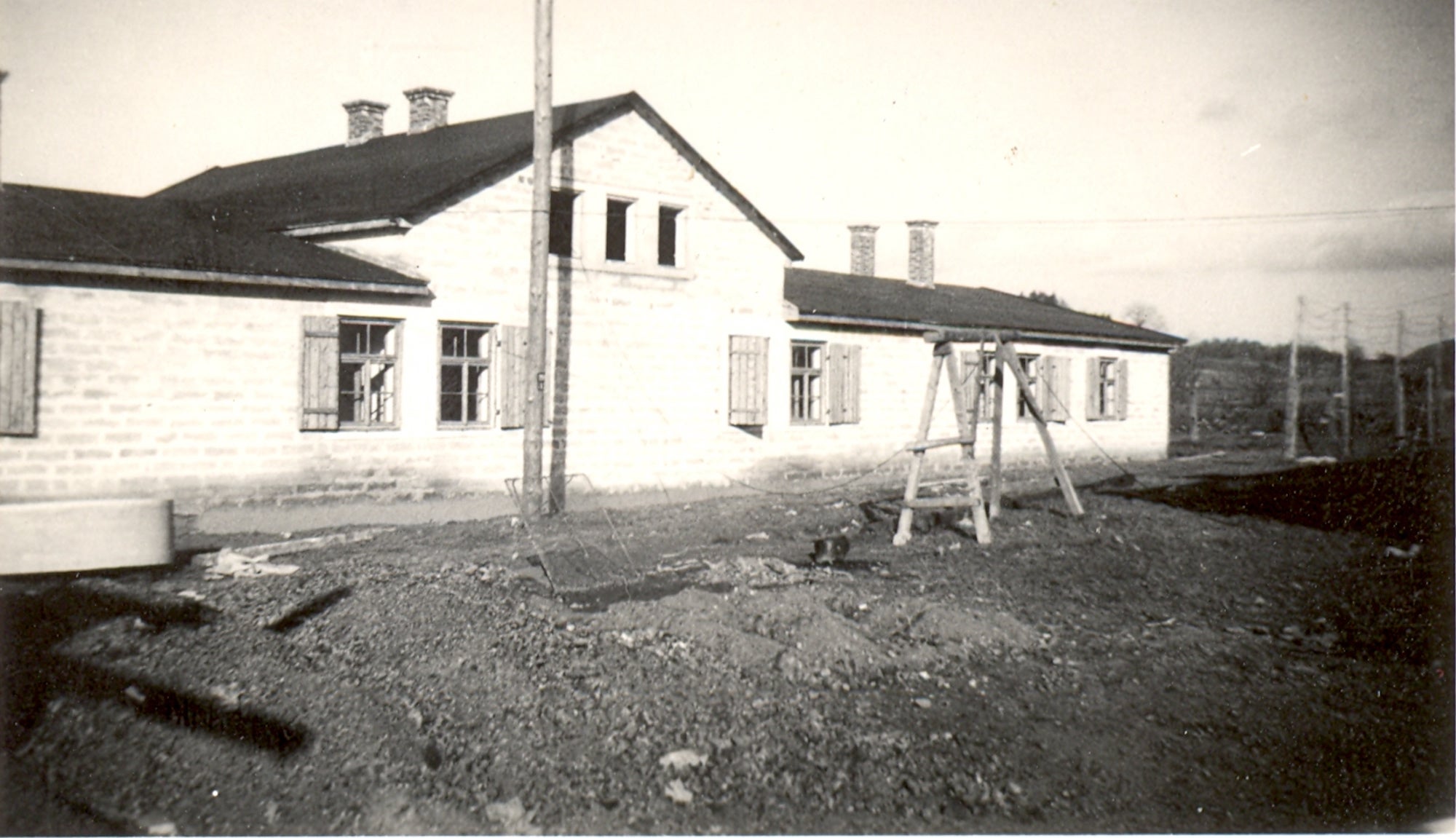Reconceptualizing Nazi Camps: Changing Categories, Shifting Purposes, and Evolving Contexts

November 7, 2016 at 12:00 PM Pacific Time
A panel discussion with Verena Buser, PhD (Alice Salomon University); Andrea Rudorff, PhD (Institut für Zeitgeschichte); and Sari J. Siegel, Doctoral Candidate (University of Southern California)
Organized by the USC Shoah Foundation Center for Advanced Genocide Research
The title “Reconceptualizing Nazi Camps” communicates both the panel’s topic and its goal. The panel addresses the evolution of Nazi camps, especially with respect to the fluidity in and expansion of camp categories, locations, and purposes – factors often intimately connected with particular circumstances (e.g., shifts in the labor market or the Germany’s military fortunes). Additionally, the panel encourages the audience to think of Nazi camps in different and more nuanced ways, taking into account several themes: new categories, contextual influences, difficulties in definition, changes over time, and multi-functionality.
The individual papers are:
Verena Buser, PhD (Alice Salomon University) – “Hachshara, Forced Labor, and Camps for Mischlinge: Challenging Perspectives on the Reichsvereinigungslager”
Description – Discussion of camps that began as Hachsharot, transitioned to forced labor camps, and then, in some cases, became de facto Mischlinge camps.
Andrea Rudorff, PhD (Institut für Zeitgeschichte) – “Jewish Forced Labor in Silesian and Sudeten Industry: The Camps of Organisation Schmelt and Their Dissolution in 1943/44”
Description – Discussion of Schmelt Camps and their transition into the concentration camp system
Sari J. Siegel, Doctoral Candidate (University of Southern California) – “More Than a Death Camp: Prisoner-Physicians at the Intersection of Auschwitz-Birkenau’s Different Roles”
Description – Discussion addresses Auschwitz-Birkenau’s functions as a death camp, labor camp, and transit camp, using the accounts of prisoner-physicians, whose roles in the assessment and (oft-thwarted) improvement of inmates’ physical conditions placed them in a prime position from which to comment on the camp’s three identities.